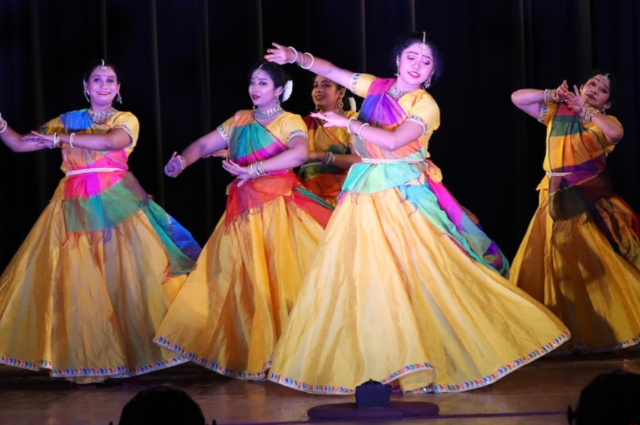
Dance is an unique aspect of human socio-cultural tradition and heritage predating most human civilizations. It has been an unique art form; possibly since the time of our hunter-gatherer prehistoric ancestors. Both facial and body movements are essential in conveying the message in classical dances and particularly the feminine curvatures and the appeal of sensuality is important in various dance forms to capture the human spirit. That’s why most dance poses sculptured on walls of temples or monuments or mausoleums have dancing figures representing sexual forms and positions.
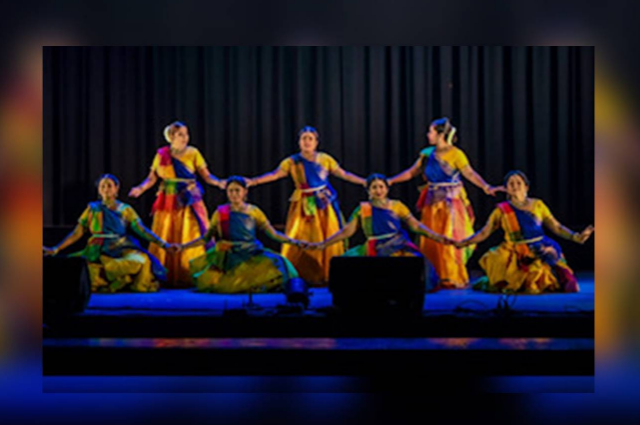
To capture the spirit of human emotions like various forms of human love, affection, sex, anger, compassion, seduction expressed in artistic forms. According to Professor Amrita Dutt, an accomplished academic, dance critic, teacher, trainer, choreographer and composer, “ ..Movement is the essence of life…..As long as we are alive we move, either as an expression of joy, or out of a desire to communicate our thoughts and feelings……….This basic instinct stylized and consciously beautified and portrayed in rhythmic and melodious harmony is dance. ….The aesthetic instinct is ingrained in human beings and human civilization and that is why Dance is called the Mother of Arts. …..The language of dance cuts across barriers of languages and civilizations. It is understood and enjoyed by all; and it gives as much happiness to the performers as to the audience who emotionally connect with the dancers and become an indivisible part of the presentation.“ Professor Amita Dutt is the Uday Shankar Professor of Dance and former Dean, Faculty of Fine Arts as well as the Director, Performing Arts Therapy Centre, Rabindra Bharati University, Kolkata, and leads her dance troupe Ananda Chandrika across India and overseas.
The better the stature and contortions of the body, arms, legs, hips and stomach in addition to facial expressions makes the dance form unique, appealing, inspirational and sensual for the audience. Dance is a form of story telling too like our folklores or religious faiths or even daily life activities, moods, feelings, joys and despair expressed with artistic precision to captivate the audience. Tribal dance is also a very physical form of dancing portraying their life, livelihood, faiths and beliefs as well as their unique close relationship to nature and their immediate surrounding environment.
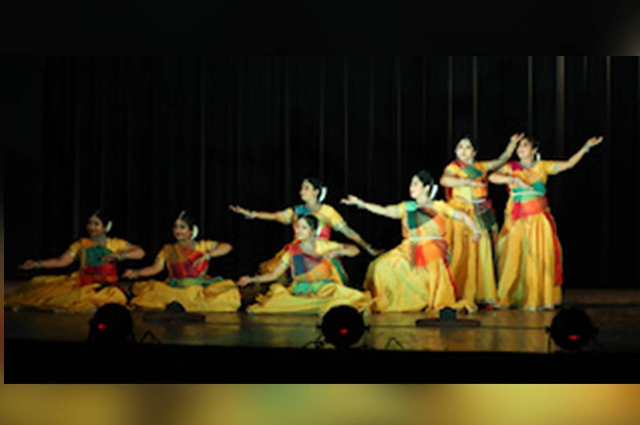
Mixing Indian classical dance moves that portrays many forms of love and relationships, worship, divinity, nature and natural beauty and the complexity of human minds and their varied expressions of different moods with the elegant, nature based, animalistic and simple tribal dance styles reflecting human body, it’s moves and sensuality of female body will be an unique experience for the audience to follow. With the change in the taste of our modern audience, it is important that we encourage fusion between classical, modern as well as folk and tribal dances.
Each and every community have their traditional dance form why? If it is only art and culture and sexual behavior projection then why Gourio dance!! Why traditional dance. Yes it's a communication skills and folklore explorations. But not only for the body movement artifacts. However it's good but not fruitful enough. Invention of fire, agriculture and music (sa re ga ma pa dha ni) this Sapta Sur was the great by the Anrhropos. Dance invented afterwards with the invention of civilization at Quaternary period. They move their body for better acumen for nature impression. If they dance then rain will showers, rain could have stopped. Hence movement started with rhythm. Form a several dance formation with various steps and styles. All are various forms of anthropological aspects.
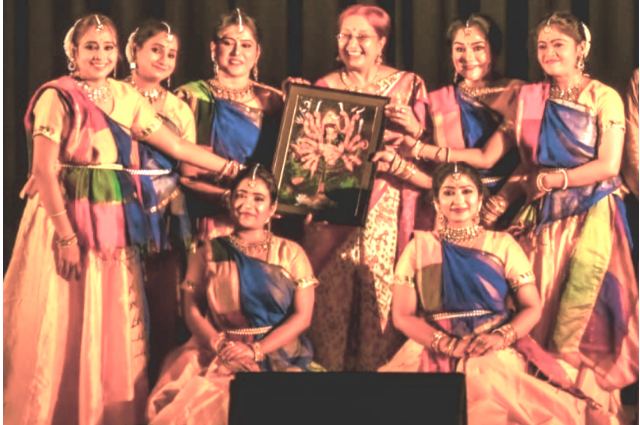
However, we also need to remember that dances across the various cultures and ethnicities across the planet is packed with very important information and the style that are unique human traditions. They tell and share different stories that highlights their own socio-cultural traditions, philosophy, life and livelihood, various expressions of love and devotion, history, religion, faith, freedom and struggle, wars, conflicts, joy as well as sorrow. These candid human expression is thus expressed through all kinds of dances across the globe in various forms and in using different expressions.
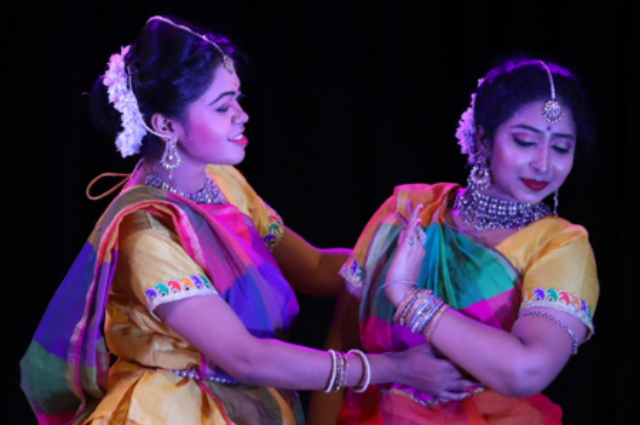
Internationally recognized anthropologist and a keen researcher, Prof. Suparna Sanyal Mukherjee of Seacom Skill University, Bolpur, West Bengal suggested, “Dance is a human endeavour started since time immemorial. It has been observed that the dance invention was a human creature originated with the nature and natural phenomenon. The Neanderthal Man walked with the rhythmic formation. The rhythm they created with posture for nature inhalation. Specially for rain shower, protection from storm, hunting and gathering struggle, protection from wild animals, to explore innocent feeling with trial and movable methods….While they established different postures with natural beauty, explored more better lifestyle with treasure and pleasure. They started every day with new expectations with energetic life formations. In the Medieval period the most documented form of secular dance was the carol also called the "carole" or "carola" and known from the 12th and 13th centuries in Western Europe in rural and court settings. Then history and developmental perspectives enunciated with knowledge and courage. Society formation and traditional outlooks also envisaged with the amalgamation of the people at large.” She further mentioned that “…dance created and practiced among the rites and rituals of the every individual society for their better accumulation and fruitful art and cultural manifestation…..Notwithstanding, it can be emphasized upon DANCE which is patronizing Discipline Acclimatization and New Confidence of Expressions.”
Dance constitute the fundamentals of our various art forms, drama, theater, literature, religious and cultural practices in both simple and complex styles that has a monumental impact on our mind and understanding or appreciation of arts in an excellent but elegant manner. Our current generations are unfortunately forgetting the basic aspects and traditional value of the heritage of dance and we need to do the continuous job of acquainting the world regarding dance and it’s deeper philosophical meaning. We need to realize that this is not just a source id entertainment; but an investigation of our inner soul.
. . .
Acknowledgement: My sincere gratitude to Dr. Amita Dutt at Ananda Chandrika and her team for the beautiful pics including: Rina Pyne, Sanchita Bhattacharjee, Pampa Paul, Pampa Roy Biswas, Shramana Chattopadhyay, Sharmistha Chakraborty & Swarnali Moulick.
